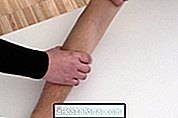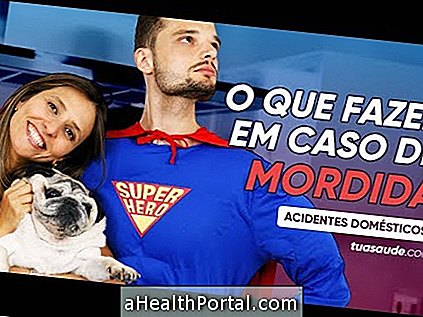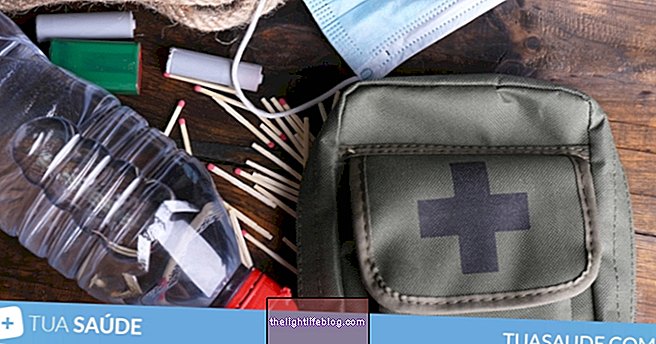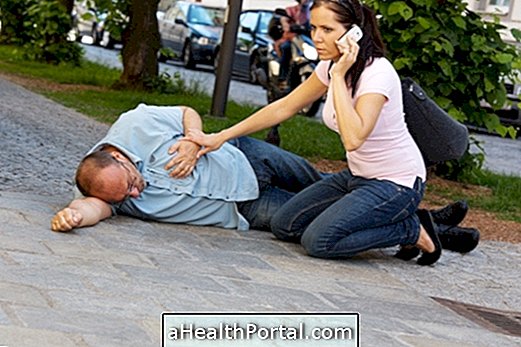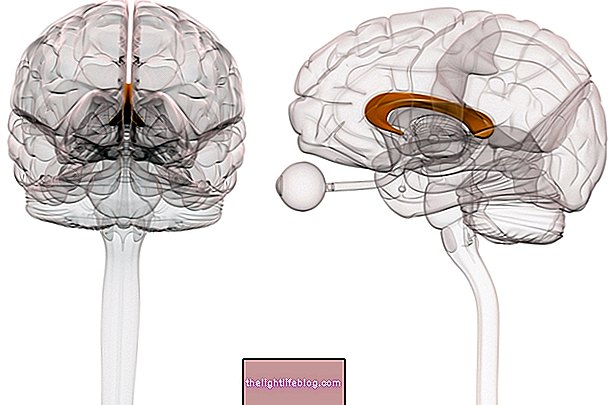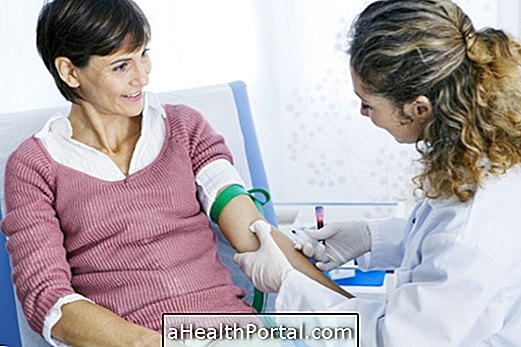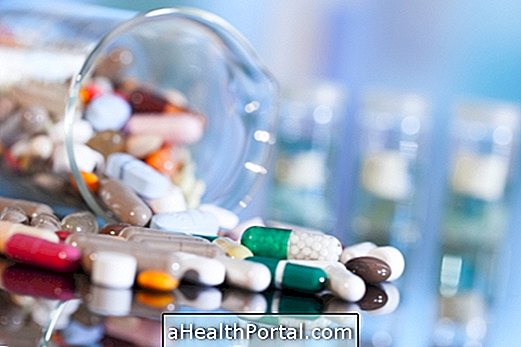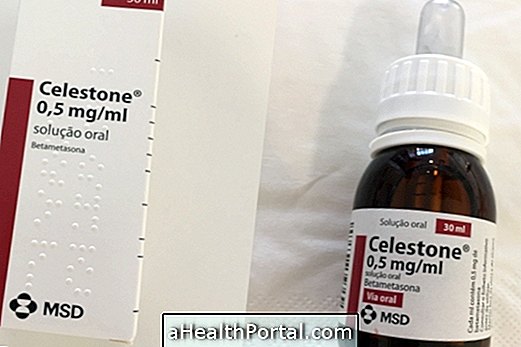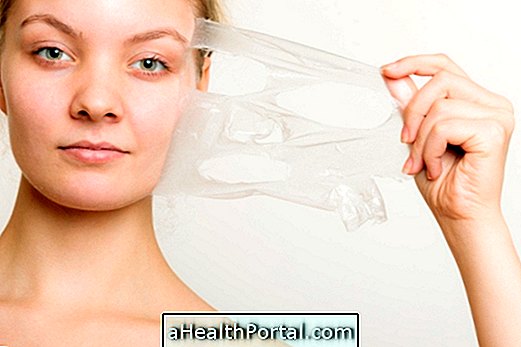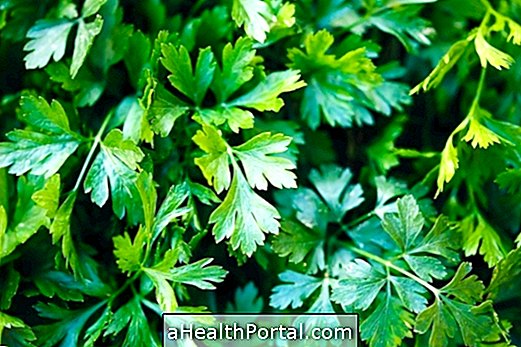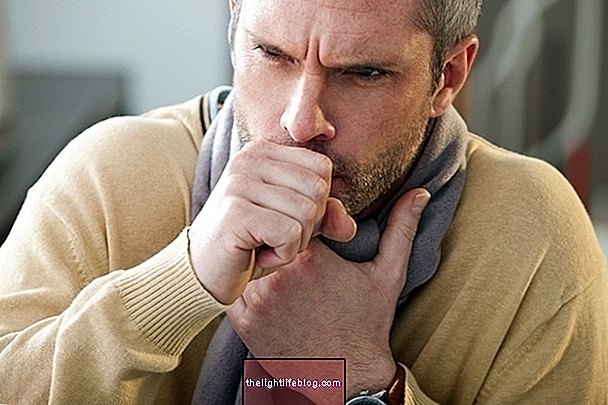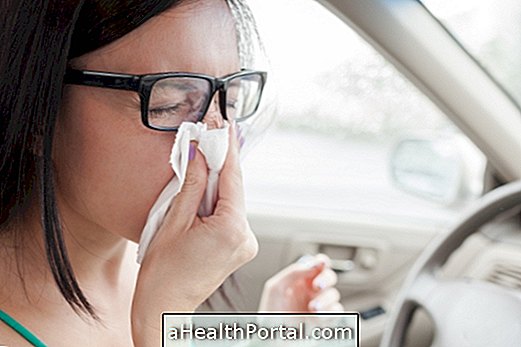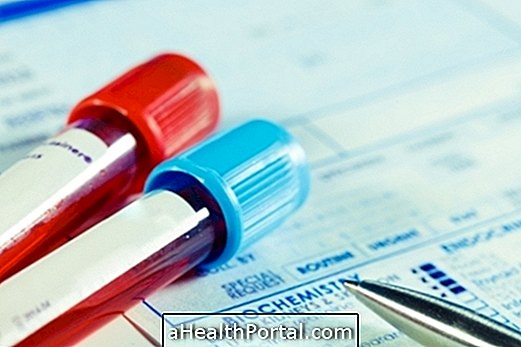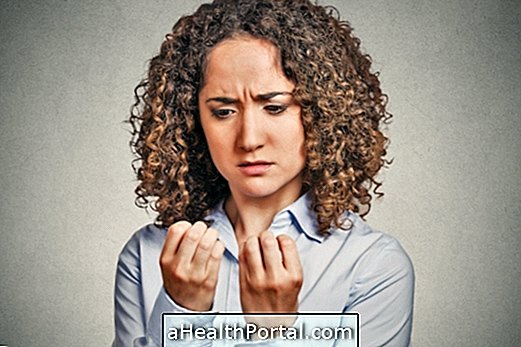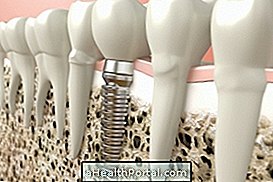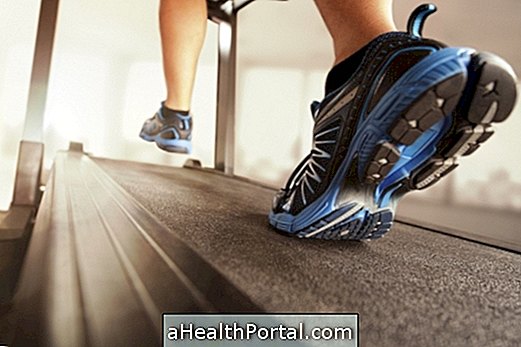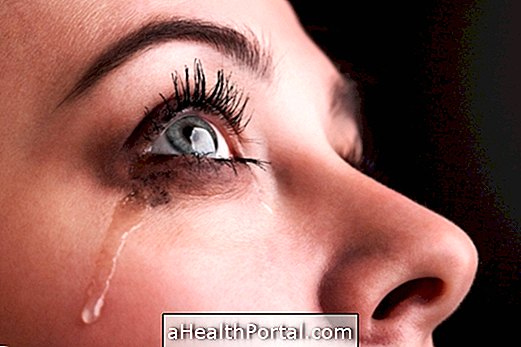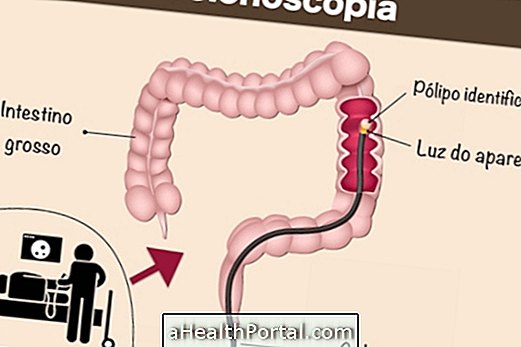The most important thing to do during bleeding varicose veins is to try to stop the bleeding by putting pressure on the site. In addition, you should go to the hospital or the emergency room to do the proper treatment and prevent the victim from colliding.
However, in most cases, bleeding of any type of varicose vein can be avoided with proper treatment of the problem, and in the case of varicose veins in the leg should be guided by a vascular surgeon while in the esophageal varices should be indicated by a gastroenterologist.
First aid for esophageal variceal bleeding
What should be done in case of esophageal variceal bleeding is:
- Call an ambulance by calling 192, or take the victim immediately to the emergency room to begin proper treatment;
- Keep the victim calm until the arrival of medical help;
- Avoid offering food or water to the victim.
Typically, the major bleeding symptoms of esophageal varices include black stools and bloody vomiting due to the buildup of this in the stomach. In these cases, it is advisable to allow the victim to vomit to avoid suffocation, for example.
Here's how to avoid variceal bleeding in: How to treat varicose veins in the esophagus.
First aid for bleeding varicose veins in the legs
The first aid for bleeding varicose veins in the legs is:
- Lay the victim down and keep her calm;
- Raise leg that is bleeding above head level;
- Press on the bleeding site with a clean cloth soaked in cold water;
- Keep the pressure on the place by tying it with a cloth or belt;
- Immediately take the victim to the emergency room or call an ambulance, dialing 192.
Varicose vein bleeding usually occurs when the varicose veins are itched and they are very dilated, especially because the appropriate treatment is not done or the compression stockings are not used.
Learn how to treat varicose veins in: Treatment of varicose veins.


